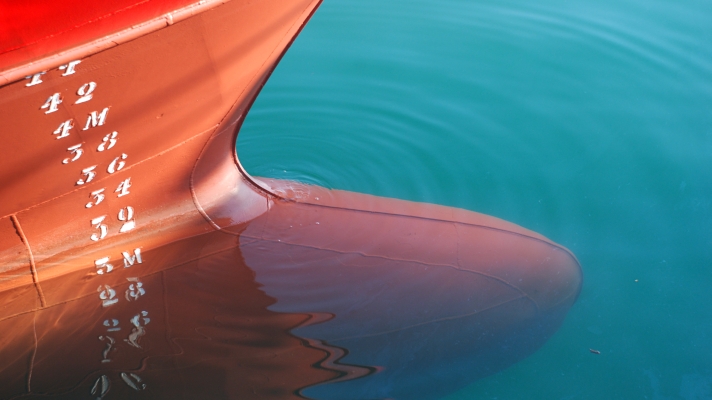Visually examine wire rope terminations for abnormalities. The Nautical Institute gives this advice in its latest Mars Report, in which a vessel suffered extensive damage to equipment when a wire rope swaged splice termination failed.
The Nautical Institute gathers reports of maritime accidents and near-misses. It then publishes these so-called Mars (Mariners’ Alerting and Reporting Scheme) Reports (anonymously) to prevent other accidents from happening. A summary of this incident:
The investigation reiterated the importance of verifying the condition and appropriateness of wire rope terminations used in a load-handling capacity. This includes lifesaving appliances, cranes, and lifting slings, among others.
Improperly applied swaged fittings could result in unintentional damage to the wire rope, resulting in failure of the termination. Different types of fittings/end terminations might decrease the safe working load (SWL) of the wire rope. For example, a swaged sleeve in a common turnback eye results in a 90% or better efficiency of the termination (i.e. ten per cent or less reduction in the SWL of the wire rope) when properly installed in accordance with manufacturer’s recommendations.

Advice from The Nautical Institute
- When renewing material such as wire rope and fittings, materials should be selected to match the specifications of the original equipment manufacturer.
- Visually examine wire rope terminations for abnormalities that may indicate improper installation such as out-of-roundness or over-crimping.
- Ensure that the termination type does not reduce the SWL of the wire rope below the minimum safety factor for the type of service.
Also read: Nautical Institute warns for mooring ropes with embedded hazards
Mars Reports
This accident was covered in the Mars Reports, originally published as Mars 202405, that are part of Report Number 375. A selection of the Mars Reports are also published in the SWZ|Maritime magazine. The Nautical Institute compiles these reports to help prevent maritime accidents. That is why they are also published (in full) on SWZ|Maritime’s website.
More reports are needed to keep the scheme interesting and informative. All reports are read only by the Mars coordinator and are treated in the strictest confidence. To submit a report, please use the Mars report form.
Also read: Nautical Institute: Stay out of the ‘line of fire’ when working with mooring lines








